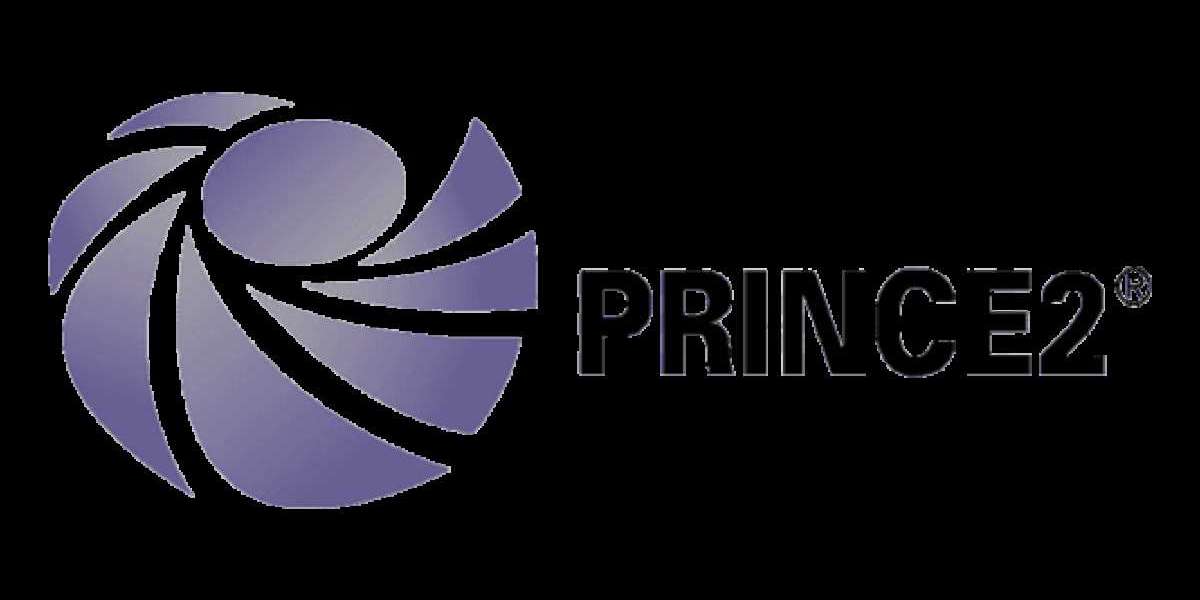Governance is the invisible hand that guides projects toward success — but when that hand grips too tightly, innovation suffocates; when it loosens too much, chaos seeps in. The challenge, then, isn’t whether governance is necessary — it’s how much governance is just enough.
Modern organizations operate across a spectrum of project types — from low-risk, iterative enhancements to complex, high-stakes transformations. Applying a one-size-fits-all governance framework to this entire spectrum is like using the same speed limit for bicycles and bullet trains. Inefficiency, confusion, and misalignment follow.
Understanding Project Complexity
Complexity isn’t just about size or cost — it’s about uncertainty, interdependencies, and risk. A simple enhancement project may have predictable outcomes and minimal stakeholder involvement, whereas a global digital transformation involves shifting technologies, cross-functional coordination, and significant strategic risk.
Key dimensions of project complexity include:
- Technical Complexity: Degree of innovation, integration, and system dependency.
- Organizational Complexity: Number of stakeholders, teams, and geographies involved.
- Strategic Impact: Level of business transformation or regulatory exposure.
- Uncertainty: Ambiguity in requirements, technology maturity, or market dynamics.
When these factors rise, governance must evolve accordingly — from light and agile to structured and formal.
The Governance Spectrum: From Empowerment to Oversight
Imagine governance as a dimmer switch, not an on/off button.
- At one end lies empowerment — minimal bureaucracy, autonomy for teams, fast experimentation.
- At the other lies oversight — rigorous reporting, compliance reviews, and structured decision hierarchies.
The art of leadership lies in adjusting that dimmer switch with intelligence — bright enough to maintain control, but soft enough to keep creativity alive.
Embedding Flexibility in Governance Models
To operationalize adaptive governance:
- Assess Before You Govern: Use a project complexity assessment tool or scoring matrix (e.g., based on cost, risk, and interdependency) before assigning governance levels.
- Establish Governance Tiers: Define governance levels (e.g., Bronze, Silver, Gold) with clear entry criteria.
- Enable Escalation and De-escalation: Allow governance to evolve dynamically — light governance can scale up as risks emerge, or scale down as stability grows.
- Digitize Governance: Use dashboards and automation to monitor KPIs and compliance in real time, reducing manual reporting overhead.
- Empower Governance Champions: Build capability across project managers to interpret and apply governance policies contextually, not mechanically.
The Payoff: Agility with Accountability
When governance flexes intelligently, organizations gain a dual advantage:
- Speed: Teams move faster, innovate freely, and adapt to change without bureaucratic drag.
- Control: Leadership maintains visibility into risk, compliance, and performance without micromanaging.
This balance — agility with accountability — is the essence of modern governance.








